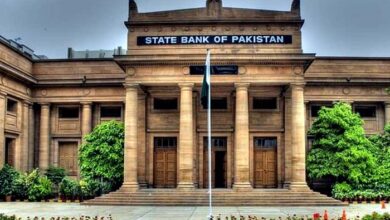BUSINESSTrade of Asia
FBR stops the execution of new property prices

Islamabad: Federal Income Council (FBR) has suspended the implementation of new property prices until January 16.
According to FBR, property revision assessments will be announced on January 15. All major commissioners will establish an assessment assessment committee on December 10 and the Committee will consult with all real estate sectors.
According to the announcement, the FBR SBP will also consult with the experts and city planners and the committee will complete the proposal on January 10.
FBR said representatives from the real estate sector could also make suggestions.





